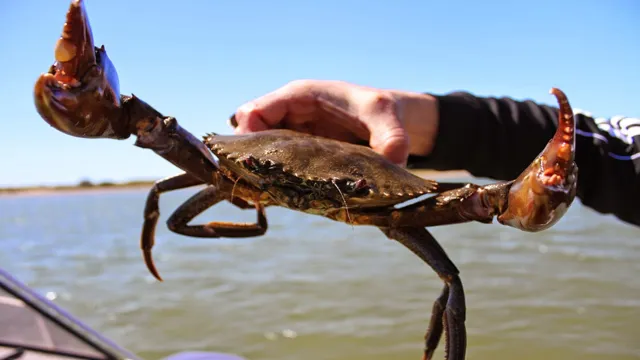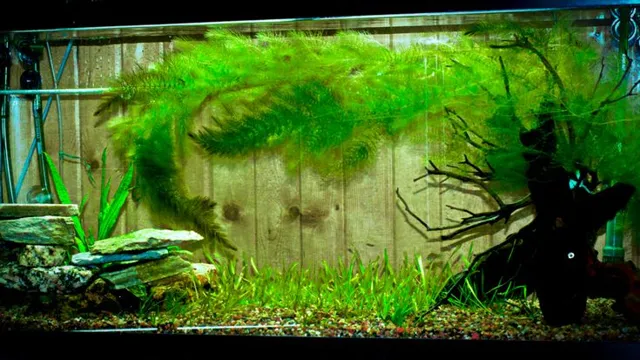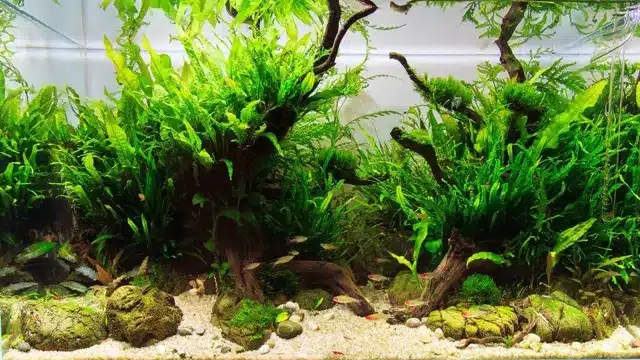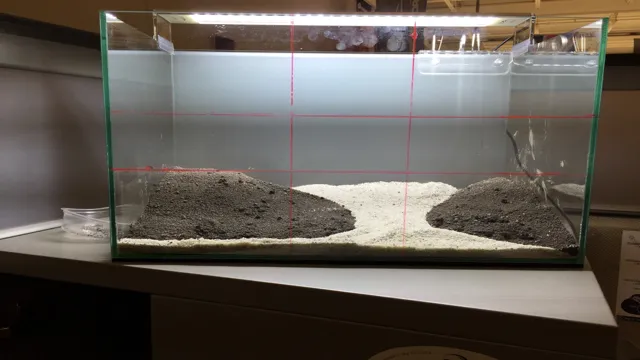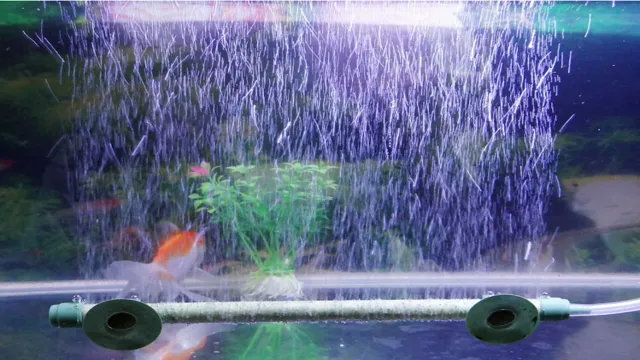Have you ever considered catching crabs for your aquarium? It’s a fascinating process that can be both rewarding and challenging. These small crustaceans make for a lively addition to any tank, but catching them can be tricky. Fortunately, with the right tools and techniques, you can easily catch crabs and provide a more diverse and engaging environment for your aquatic pets.
Catching crabs in the wild can be daunting, but with a little guidance and a lot of patience, you can do it! The first step is to determine which types of crabs you want to catch. Some popular options include fiddler crabs, pom-poms, and spider crabs. Once you’ve picked your targets, it’s time to venture out to their natural habitats and start searching.
But how do you catch these tiny creatures? One method is to use a crab trap. These traps are designed to lure the crabs in with bait, then trap them inside. You can easily make your own trap with a few simple materials, or purchase one from a pet store.
Another option is to use a low-net, long-handled crab net to scoop up crabs. This method requires a little more skill and finesse, but can be a fun and rewarding way to catch crabs. Regardless of which method you choose, it’s important to handle the crabs with care.
Be sure to have a small container filled with water to keep them alive and healthy during transport. Once you’ve caught your crabs, it’s time to introduce them to your aquarium. Be sure to research their specific needs and requirements so you can create a comfortable and safe environment for them.
Overall, catching crabs for your aquarium can be a fun and rewarding experience. With a little patience and the right tools, you can easily add some new life to your tank and provide a more engaging environment for your aquatic pets. So why not give it a try? Who knows what kind of fascinating and unique creatures you might discover!
Preparing Your Aquarium
Are you wondering how to catch a crab in your aquarium? Well, the first step is to prepare your aquarium for the capture. Make sure you have a net that is big enough to capture the crab without causing harm, and fill a bucket with water from the aquarium to place the crab in after the capture. It’s important to have a plan for where you will release the crab after capturing it, preferably in a nearby body of water where it can thrive.
When you’re ready to catch it, slowly and gently approach the crab from behind and lower the net over it, being careful not to spook it. Once it’s safely in the net, carefully remove it from the water and transfer it to the bucket. Remember to handle the crab with care, as it is a living creature.
With some patience and preparation, you can safely catch a crab in your aquarium.
Make It Crab-Friendly
When it comes to setting up an aquarium for crabs, there are a few key things you’ll need to keep in mind to ensure a safe and friendly environment. Firstly, it’s important to choose the right size tank for your crabs – a large aquarium that mimics their natural habitat is ideal. You should also include plenty of hiding spots and climbing structures, such as rocks, driftwood, and artificial plants.
Be sure to add a layer of sand or substrate to mimic the sandy bottom of the ocean floor and provide a space for your crabs to burrow. You’ll also need to pay close attention to the temperature and humidity levels within the tank, as crabs require a warm and moist environment to thrive. By creating a crab-friendly aquarium that mimics their natural habitat and provides all the necessary elements for their well-being, you’ll be well on your way to becoming a successful crab owner.
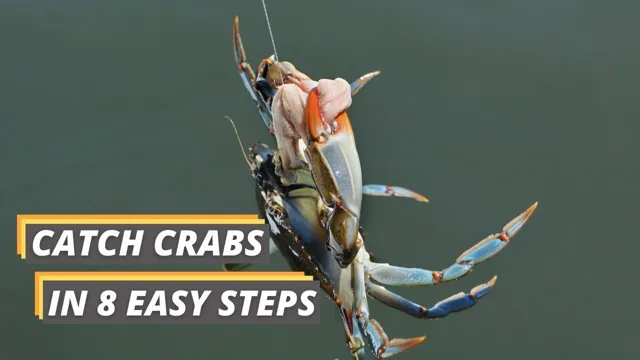
Add Hiding Spots
Aquarium enthusiasts know that creating a comfortable and safe environment for fish is crucial. One way to do this is to add hiding spots in preparation for your aquarium. These spots serve as a refuge for the fish when they feel threatened or scared.
They can be natural pieces like rocks, wood, or plants, or specially designed objects like caves or tunnels. You can even create your own hiding spots with everyday items like PVC pipes or plastic containers. When selecting your hiding spots, consider the size of your fish to ensure they can comfortably fit inside. (See Also: How to Build a Double Aquarium Stand – Step-by-Step Guide for Beginners)
You should also strategically place them around the tank to allow for optimal movement and reduce any territorial disputes between the fish. By adding hiding spots to your aquarium, you not only enhance the visual appeal, but you also provide a secure environment for your aquatic pets to thrive in.
Adjust Water Temperature
Adjusting water temperature is an essential part of preparing your aquarium. If the water is too cold or too warm, it can have adverse effects on the fish or other aquatic animals. Most tropical aquarium species require a water temperature between 76 and 82 degrees Fahrenheit.
Setting the water to the correct temperature range will provide a comfortable atmosphere for your fish and help maintain healthy water conditions. You can achieve a consistent temperature with an aquarium heater. Before adding your fish, fill the aquarium with water and let it sit for a day or two to allow temperature stabilization.
It’s best to adjust the water temperature gradually to avoid stressing your aquatic pets and promote their acclimatization to the new environment. Remember to check the temperature regularly and make adjustments as necessary to ensure a safe and comfortable home for your aquatic family.
Baiting the Crab
If you’re wondering how to catch a crab in your aquarium, there are a few things you need to know. First of all, crabs are scavengers, so they’re likely to be attracted to bits of food that you drop into the tank. You can use this to your advantage by baiting the crab with some tasty treats.
Try dropping in small pieces of shrimp, fish, or even some flakes of seaweed. It may take some patience, but eventually, the crab will come out of hiding to investigate. Once you see it, you can use a small net to scoop it up.
However, it’s important to be gentle when handling crabs, as they can be quite delicate and their pinchers can be dangerous. Make sure to keep the crab submerged in the water while moving it and don’t hold it by its claws. With a little bit of persistence and care, you’ll be able to catch the crab and enjoy watching it in your aquarium in no time.
Choose the Right Bait
When it comes to catching crabs, choosing the right bait is crucial. There are many options to consider, but the key is to use something that will appeal to the crab’s sense of smell. Common baits include chicken necks, fish heads, and even raw chicken.
It’s important to note that crabs are opportunistic feeders, so you may need to switch up your bait depending on the time of day or weather conditions. When baiting your crab trap, make sure to use enough bait to lure the crabs in, but not so much that it becomes too heavy for them to lift. With the right bait and a bit of patience, you’ll be well on your way to catching some delicious crabs.
Place Bait Strategically
Crabbing can be a fun activity to do with friends and family, but it can also be challenging to successfully catch crab. One strategy that can increase your chances is placing bait strategically. Baiting the crab involves selecting the right bait to attract them and positioning it in a way that the crab can access it easily.
A popular bait is chicken necks or raw fish, which can be secured in a bait bag or tied to the end of a line and dropped into the water. It’s important to anchor the bait so that it stays in place and doesn’t float away. Additionally, placing the bait near rocks or piers where crabs tend to congregate can also improve your chances of catching them.
By placing bait strategically, you’ll increase your chances of catching crab and turn your crabbing adventure into a success. (See Also: How to Grow Lotus Flower in Aquarium: A Step-by-Step Guide)
Catching the Crab
If you’re a beginner in the aquarium hobby and are looking to add a crab to your collection, there are a few things you should consider before attempting to catch one. First, it’s important to ensure that the crab you want to catch is suitable for your aquarium size, water parameters, and compatibility with other species. Next, you’ll need to prepare the tools needed for catching the crab, such as a net and a container to transport it.
Once you’re ready to make the catch, approach the crab slowly and cautiously to avoid startling or injuring it. A helpful tip is to use a bait, such as shrimp or fish, to lure the crab towards the net. Once you’ve caught the crab, make sure to acclimate it properly to its new environment before introducing it to your aquarium.
With some patience and careful planning, you can successfully catch a crab and add it to your aquarium collection. Now, get ready to enjoy watching your new addition scuttle around the tank and interact with its environment!
Be Patient and Watchful
If you’re a crab fisherman, you understand that patience and watchfulness are key when it comes to catching these crustaceans. Unlike fish, crabs are not always visible, making them difficult to spot. That’s why it’s important to be observant and keep a close eye on the water.
Look for signs of crabs, such as bubbles or movement in the water. Once you’ve located a crab, it’s important to approach it slowly and quietly, as any sudden movements can scare it away. When attempting to catch a crab, use a net and be sure to scoop it up gently to avoid injuring the crab or yourself.
Remember, catching crabs takes time and practice, so don’t get discouraged if you don’t catch anything right away. Keep at it and with each attempt, you’ll become more skilled at spotting and catching these elusive creatures.
Use a Net or Trap
When it comes to catching crabs, using a net or trap can be very effective. Nets can be used to scoop up crabs along the shoreline, while traps can be placed in the water and left to catch crabs over time. Nets typically require a bit more skill and coordination to use, as you’ll need to time your scoops just right and be quick enough to catch the crabs before they scurry away.
Traps can be a bit easier to work with, as you simply need to set them up and let them do their thing. Whichever method you choose, it’s important to be mindful of local fishing regulations and to handle the crabs with care when you remove them from the trap or net. And as always, be sure to clean up after yourself and leave the area better than you found it.
Happy crabbing!
Final Thoughts
If you’re interested in adding a crab to your aquarium, there are a few things to keep in mind. Firstly, be aware that not all crab species are suitable for captivity, and some may require specific environments to thrive. Do your research on the particular species you’re interested in before making any purchases.
Once you’ve selected a crab, make sure your aquarium is set up with the correct heat, lighting, and substrate. Most crabs also require a source of fresh water, so ensure you have a way to provide this as well. When it comes to catching your crab, it’s best to use a small net or trap to avoid injuring the crab or damaging its claws.
Be patient and move slowly to avoid stressing the crab out. Overall, with the right preparation and care, adding a crab to your aquarium can be a unique and rewarding experience. (See Also: How to Design Aquarium Plants: A Comprehensive Guide for Enthusiasts)
Conclusion
Well, after all the tips and tricks we’ve gone through, you might still be asking yourself: is it really worth the effort? The answer is yes, if you’re up for a challenge and willing to put in the time and patience. It can be a fun and rewarding experience to observe a crab in your own aquarium, plus it’s a great conversation starter at dinner parties. Just remember to be gentle and respectful towards the crab, and always make sure your aquarium is a suitable environment for them to thrive in.
And who knows, maybe one day you’ll catch a crab that ends up being your new best friend! Just don’t expect it to help you with the dishes.”
FAQs
Can crabs survive in an aquarium?
Yes, crabs can survive in an aquarium as long as the water parameters, temperature, and food requirements are met.
What type of crab is suitable for an aquarium?
There are different types of crabs that can live in an aquarium, but the fiddler crab is a popular choice since it is relatively small and easy to care for.
Do I need a special type of aquarium to keep crabs?
No, you do not need a special type of aquarium to keep crabs. However, it is important to provide enough space and hiding places in the tank.
How do I acclimate a crab to my aquarium?
It is recommended to slowly drip acclimate the crab by adding small amounts of the aquarium water into its transport container over a period of time.
What do crabs eat in an aquarium?
Crabs eat a variety of foods, including algae, seaweed, vegetables, and small pieces of meat or fish.
Can I catch a crab from the wild and keep it in my aquarium?
It is not recommended to catch crabs from the wild and keep them in an aquarium as they may be carrying diseases or parasites that can harm other aquarium inhabitants.
How do I catch a crab for my aquarium?
To catch a crab, use a small net or trap baited with a small piece of fish or shrimp and place it in the water where crabs are known to reside.

